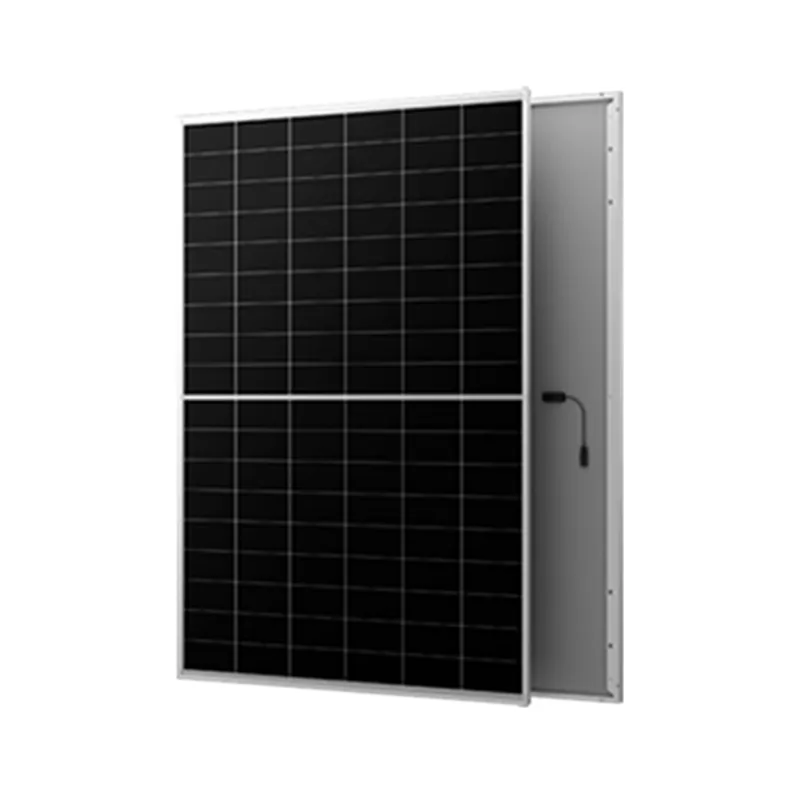Exploring the Benefits and Features of Bi-Facial Solar Panels for Renewable Energy Solutions
The Rise of Bifacial Solar Panels A Sustainable Energy Solution
As the world shifts towards renewable energy sources, solar power has emerged as a leading candidate for sustainable electricity generation. Among the various technologies in this field, bifacial solar panels are gaining increasing attention due to their innovative design and efficiency. Unlike traditional solar panels that harness sunlight from only one side, bifacial panels can absorb light from both their front and rear surfaces, thereby maximizing energy production.
One of the primary advantages of bifacial solar panels is their ability to increase overall energy output. By utilizing both direct sunlight and reflected light from the ground, these panels can generate up to 30% more electricity compared to their monofacial counterparts, especially in installations where the ground surface reflects light effectively. This feature makes bifacial panels ideal for various applications, from utility-scale solar farms to residential rooftop systems.
The Rise of Bifacial Solar Panels A Sustainable Energy Solution
Another significant benefit of bifacial solar panels is their lower Levelized Cost of Electricity (LCOE). The increased energy output translates to more savings over time, making them a cost-effective investment for both businesses and homeowners. The declining costs of solar technology, coupled with government incentives and rebates, further incentivize their adoption. As the market for renewable energy grows, bifacial solar panels are becoming an increasingly attractive option for those looking to invest in sustainable technologies.
bi solar panels

However, the successful implementation of bifacial solar panels requires careful consideration of installation site conditions. The performance of bifacial technology heavily depends on the albedo, or reflectivity, of the ground surface beneath the panels. Surfaces such as white gravel, sand, or snow significantly enhance performance due to their high reflectivity. Therefore, the choice of installation site plays a crucial role in maximizing the benefits of this technology.
Moreover, while bifacial solar panels offer numerous advantages, they also come with challenges. The initial investment can be higher compared to traditional panels, and there may be a need for more advanced mounting structures to optimize their orientation. Furthermore, maintenance practices must adapt to the unique design to ensure cleanliness and efficiency. Despite these challenges, the long-term benefits often justify the investment, making bifacial panels a compelling option for forward-thinking energy solutions.
As we move towards a more sustainable future, the role of innovative technologies like bifacial solar panels will be paramount. Their ability to generate more energy with less land use aligns well with global efforts to transition away from fossil fuels and reduce carbon footprints. With ongoing research and development, it's likely that bifacial solar technology will continue to evolve, becoming even more efficient and accessible.
In conclusion, bifacial solar panels represent a significant advancement in solar technology, with the potential to transform the energy landscape. Their ability to efficiently capture sunlight from multiple angles, combined with their durability and cost-effectiveness, positions them as a leading choice for harnessing solar energy. As we embrace renewable energy solutions, bifacial solar panels could play a pivotal role in powering a sustainable future.
-
Unlocking Energy Freedom with the Off Grid Solar InverterNewsJun.06,2025
-
Unlock More Solar Power with a High-Efficiency Bifacial Solar PanelNewsJun.06,2025
-
Power Your Future with High-Efficiency Monocrystalline Solar PanelsNewsJun.06,2025
-
Next-Gen Solar Power Starts with Micro Solar InvertersNewsJun.06,2025
-
Harnessing Peak Efficiency with the On Grid Solar InverterNewsJun.06,2025
-
Discover Unmatched Efficiency with the Latest String Solar InverterNewsJun.06,2025







